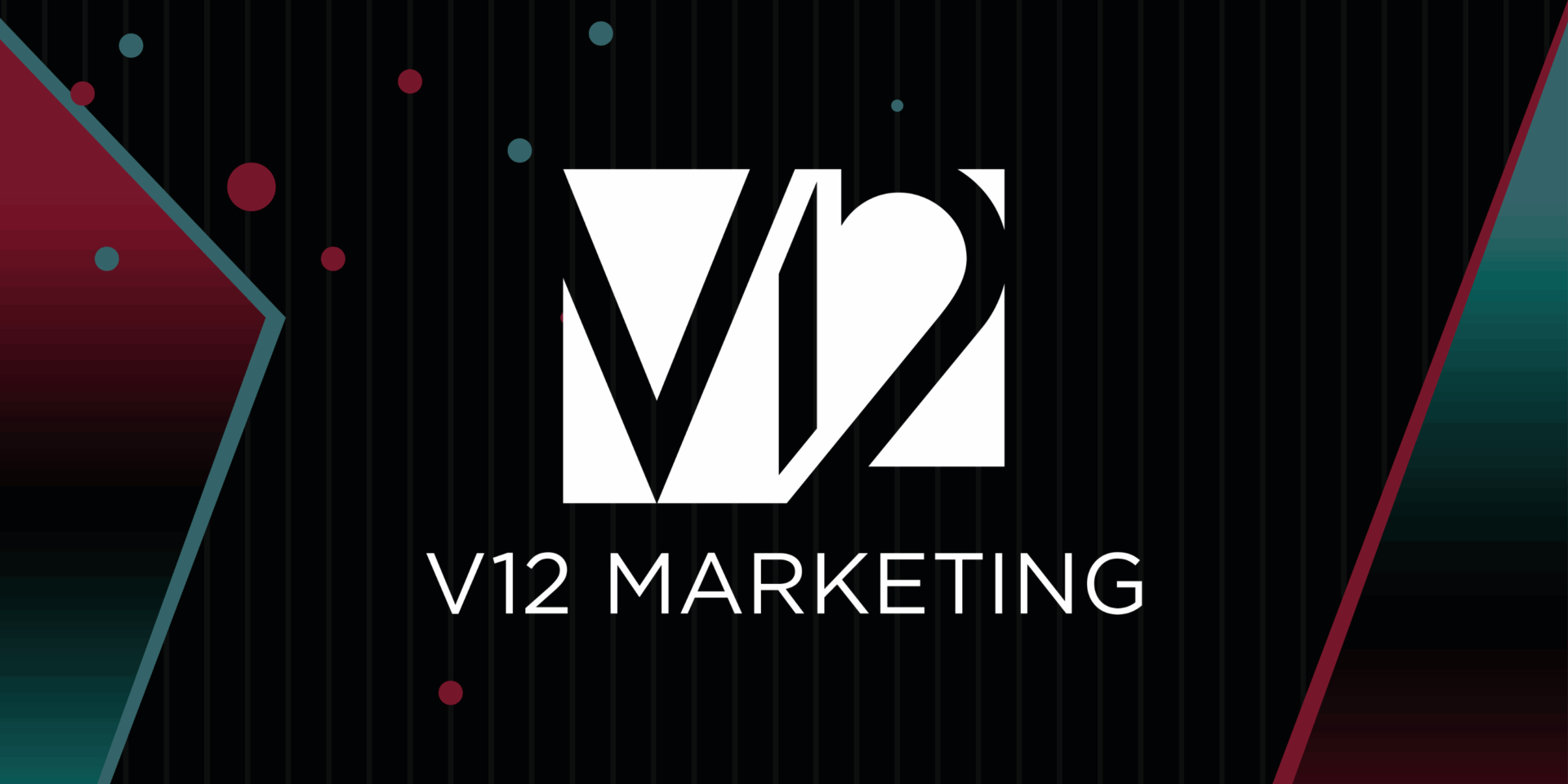
How do you handle website errors when they pop up? Do you ignore them, or do you stop what you’re doing to figure out what’s wrong?
There are plenty of error codes that can pop up when trying to use your website, and they have various meanings.
Some are technical in nature and are easily fixed by the person behind the site’s creation; other errors, however, signal serious problems that need to be addressed as soon as possible. For more information on this topic, please continue reading!
400 Bad Request ⏳
When a request is sent from the browser to the server, it needs to be formatted in a way that the server can understand. When this doesn’t happen, it causes an error.
In most cases, this is because of the syntax used in either one or both parts of the message. If you are getting a 400 Bad Request error on your site, it may mean that something was not formatted correctly in either the request or response headers.
401 Unauthorized ⛔
If you get a 401 unauthorized error, it can mean that your login credentials are incorrect or the website has been blocked by your ISP. It is important to double-check the website address before you try again.
If you think the website is correct but still getting an unauthorized error, contact your ISP to see if they have blocked access to the website. You might be able to ask them if they can unblock it for you or provide more information about why it is being blocked in the first place.
403 Forbidden ❎
This type of error occurs when a visitor tries to access a page that they don’t have permission to access. This can happen because the visitor doesn’t have the correct permissions, or it may be because the file has been moved or deleted.
404 Not Found ❓
A 404 Not Found error is a common web page error that means the resource you’re looking for is either not found or the URL is incorrect. The page you’re viewing might have been renamed, moved, or deleted.
This error can also happen if your browser doesn’t have cookies enabled. To fix this problem, try reloading the webpage, checking your spelling in the URL bar, or using a search engine to find what you’re looking for.
500 Internal Server Error 🖥
The 500 Internal Server Error is probably the most common of all website errors. This error occurs when an individual user or company requests a specific file from a server that cannot be located.
This usually happens because the file has been moved to another location or deleted, but it can also occur if there is some sort of issue with your web hosting provider.
502 Bad Gateway 🔍
Sometimes a webpage will return a 502 Bad Gateway error. This means that the server could not connect to your website. There are a number of reasons why this might happen, but one of the most common is when you have multiple domain names pointing to one website.
If you have any other errors, there are tools that can help you diagnose them, such as Pingdom Tools or GTmetrix.
503 Service Unavailable 🤔
A 503 Service Unavailable error is a common error that can be caused by server overload. This error is typically temporary, but it could also be an indication of a more serious problem with your website.
If you see this message, contact your hosting provider to help you determine the source of the problem.
504 Gateway Timeout ⏲
A 504 Gateway Timeout error is typically caused by a slow or faulty server that does not provide enough resources to handle the request. This may be caused by poor programming or other issues with the website.
You can try refreshing the page, but if you continue to receive this error message then you should contact your hosting provider for assistance.
Is your business experiencing website issues? V12 Marketing can help! Contact one of our team members to get started today!




